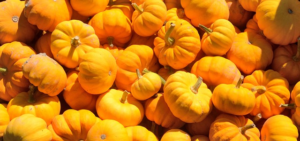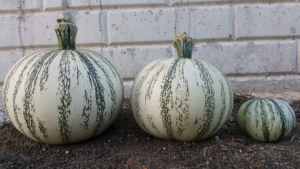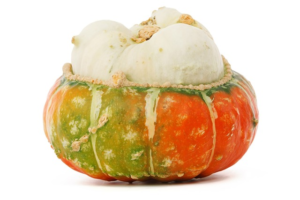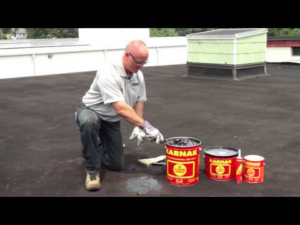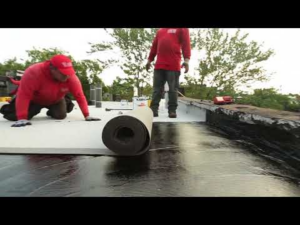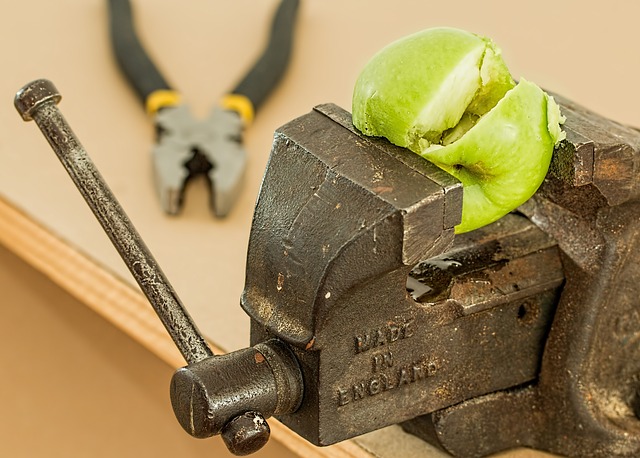
I creep through my pumpkin patch, peering under leaves to see the swelling, ripening fruit, counting my bounty for the months ahead. But now the frosts are approaching these need moving indoors to cure and store (you can also cure winter squash from a farmers’ market). This way, you can pick or buy them while ripe, and eat them through the winter.
A properly cured squash will knock the block off anything you’ve tasted from the supermarket. All curing requires is storing the fruit in the right place. But winter squash are a diverse gang and need different treatments if they’re to last into next year.
Kabocha. Photograph: Shutterstock
First, the basics. A ripe fruit will have a hardened skin that may have surface cracks and will have turned an even colour. It will sound hollow when you thump it, and if you rub the skin, the shine will come off. Only ripe fruit store well. If you can easily dig your thumbnail in, the squash is underripe and won’t last the winter. The skin will continue to harden a little in storage, but not enough for the long term, so eat these soft-skinned ones up first.
Red kuri squash. Photograph: Alamy
How you pick your squash also matters. Leave the stalk on for as long as possible, since damaging this part will allow rot to set in. Cut the fruit from the plant with a little stem either side of the stalk. If the stalk falls off naturally in storage it isn’t a problem, but between harvest and storage you really want it to remain intact.
Bruising will also result in rot. Once the skins are cured, squash are pretty tough, but until that moment, treat them like kittens. Varieties of Cucurbita pepo – such as spaghetti squash, summer crooknecks, acorn, scallop, delicata types and Halloween pumpkins – mature earlier than other types. These are in their prime at the point of harvesting, so prioritise eating those first.
